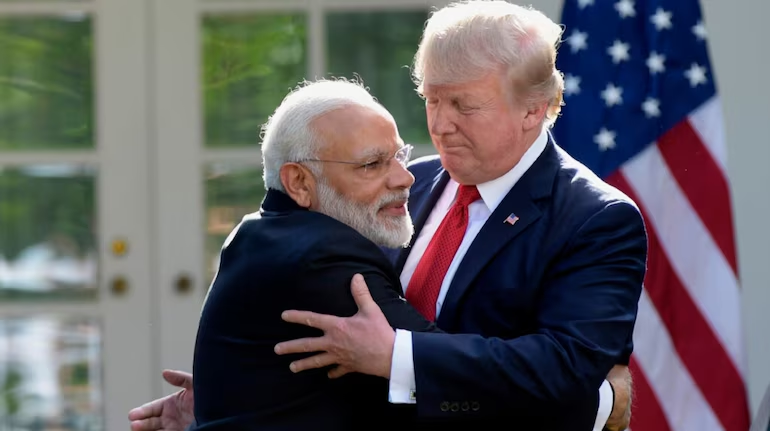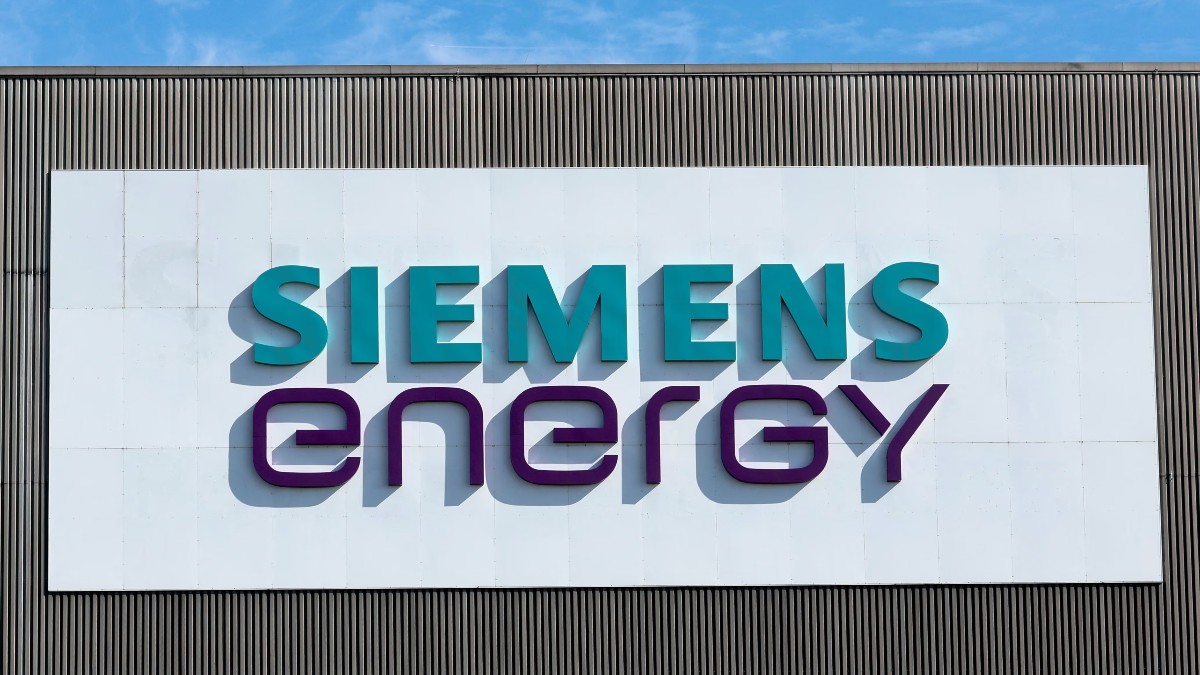In the Trump era, India’s policymakers will have to be nimble, should try for broader trade agreements with the US and at home, the government must takes steps to make India a competitive global player, say experts
Experts have said that India’s electronics industry is poised for short-term gains after US President Donald Trump slapped 10 percent tariffs on Chinese imports, but even as they called for nimble policy-making and broader trade agreements with America.
The 10 percent levy, against 25 percent against Canadian and Mexican goods, has been extended to previously exempt categories such as smartphones, laptops, and other electronic products.
The move will give a push to Apple and Chinese brands like Motorola, which use India as an export hub, industry executives and experts said. They also stressed the need for agile policymaking and establishing a robust trade agreement that benefits India and the US.
‘Move quickly, plan for long-term’
“Although the tariffs seem to be a short-term solution, what’s needed is a more long-term strategy such as a broader trade agreement between India and the US,” Dixon Technologies chairman Sunil Vachani told Moneycontrol.
The relationship between the two countries is likely to remain positive, and sectors where India has already achieved significant scale and higher value-added industries, especially those that are labor-intensive, will benefit the most. Few other countries can replicate these capabilities, giving India a distinct advantage,” Vachani said.
A contractor manufacturer, Dixon has around a dozen manufacturing units in the country and has Samsung, Motorola, Xiaomi, Realme, Google, Vivo and Transsion Group in its expansive handset client list. On the other hand, Apple sources its iPhones from Foxconn and Tata Electronics, which acquired Wistron and Pegatron manufacturing facilities in India.
Indian Cellular and Electronics Association (ICEA) chairman Pankaj Mohindroo said US tariffs against Chinese electronics goods are a big opportunity for India, but policymakers and industry will have to act swiftly to capitalise on the chance.
“A comprehensive trade deal that serves the interests of both countries is essential. In the short term, India stands to benefit from the announced tariffs,” he said, adding India must strive to be the most competitive nation, ensuring predictability and creating the best environment for business operations/
Vachani said several companies were using Mexico as a base so that India would emerge as a serious alternative.
“This could be a massive opportunity, but more needs to be done both at the industry level and the government to turn the opportunity into business. A lot needs to be done on infrastructure and approvals, et al,” he said.
Smartphones, televisions, laptops, servers, and lighting are some product categories that would benefit as more companies will now look to source these from Indian factories.
Apple export growth
Experts said companies such as Apple and Motorola would look to increase exports from India through EMS players such as Tata Electronics, Foxconn, and Dixon, further strengthening India’s position in the global electronics manufacturing landscape.
India’s mobile phone exports reached a record-breaking $20.4 billion in 2024, driven by strong overseas shipments from Apple and Samsung.
Apple led the charge, accounting for 65 percent of the exports followed by Samsung at 20 percent, with Indian firms contributing 15 percent, including re-exports of handsets.
Apple’s production of iPhones was valued at $17.5 billion, with a record $12.8 billion in exports, while Samsung contributed nearly $4 billion.
Focusing on exports, Apple aims to produce a quarter of its iPhones in India over the next two to three years as it works to establish a local vendor network and reduce its dependence on Chinese suppliers.
“Apple has shared a plan with the government to move more production here. How much they will accelerate will depend on the ongoing tariff-related developments and geopolitical factors. It looks positive, but the local industry needs to step up to support their expansion,” a senior government source privy to Apple’s plans told Moneycontrol on the condition of anonymity.
Apple has engaged more than 40 Indian companies, including large conglomerates, IT firms, and electronics manufacturing service providers (EMS), in the project. It has roped in major tech companies like Dixon Technologies, Amber Electronics, HCLTech, Wipro, and Motherson Group, Moneycontrol reported on November 21, 2024.
IT hardware segment, which comprises laptops, tablets, and services, is poised for a bigger push as several Taiwanese companies look to make India a global manufacturing base, Vachani said.
“They are designing in India and deepening the backward integration. We have a bigger opportunity in the IT hardware segment. With the component policy coming now, the development of tariffs is very timely,” Vachani said.
Experts say India’s electronics segment’s mature assembling process and high capacities position it in a sweet spot.
“While the first set of tariffs didn’t include India, this can create an opportunity for India to become an alternate supplier, especially in the electronics segment, where we now have a mature assembly process and enough capacity,” Tarun Pathak, research director at Counterpoint, said.
He said that Apple and its suppliers Tata Electronics, Foxconn, and Dixon-Motorola are likely to get a boost as they are already exporting from India to the US.
Faisal Kawoosa, analyst and founder at TechArc, said tariffs imposed on China and Mexico could be a blessing for the Indian mobile and electronics ecosystem as more Chinese smartphone brands will look at routing exports from India to the US, avoiding the additional 10 percent tax.
“Every key Chinese OEM or brand except Huawei already has a strong presence in India. It will be easier and quicker for Chinese brands to export from India than directly from China. So not only will it mean more manufacturing collaborations but also increasing exports from India,” he said.
Budgeting for change
Presenting the Budget 2025 on February 1, Finance Minister Nirmala Sitharaman removed import duties on key components for mobile phone production, including printed circuit board assemblies, parts of camera modules, and USB cables.
The move removes ambiguity, increases manufacturing competitiveness, encourages companies to manufacture components locally, and drives up value addition.
“Removing 2 percent BCD will enable manufacturing, remove ambiguity, and increase manufacturing competitiveness. Tariff protection was required in the infancy of manufacturing, but now, the tariffs are no longer valid in mobile phone cases. The industry has reached a gigantic annual production scale of $60 billion,” Mohindroo said.











